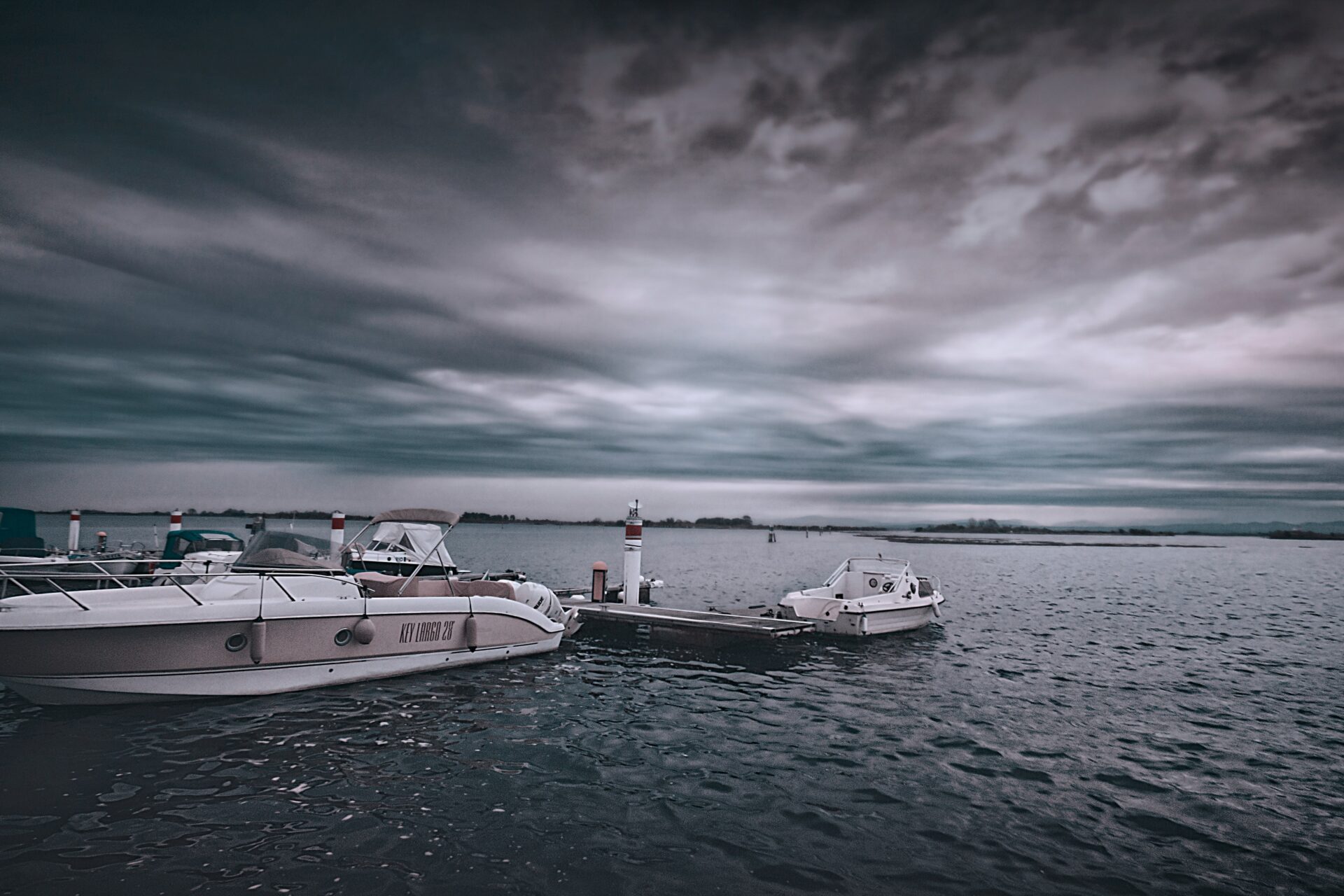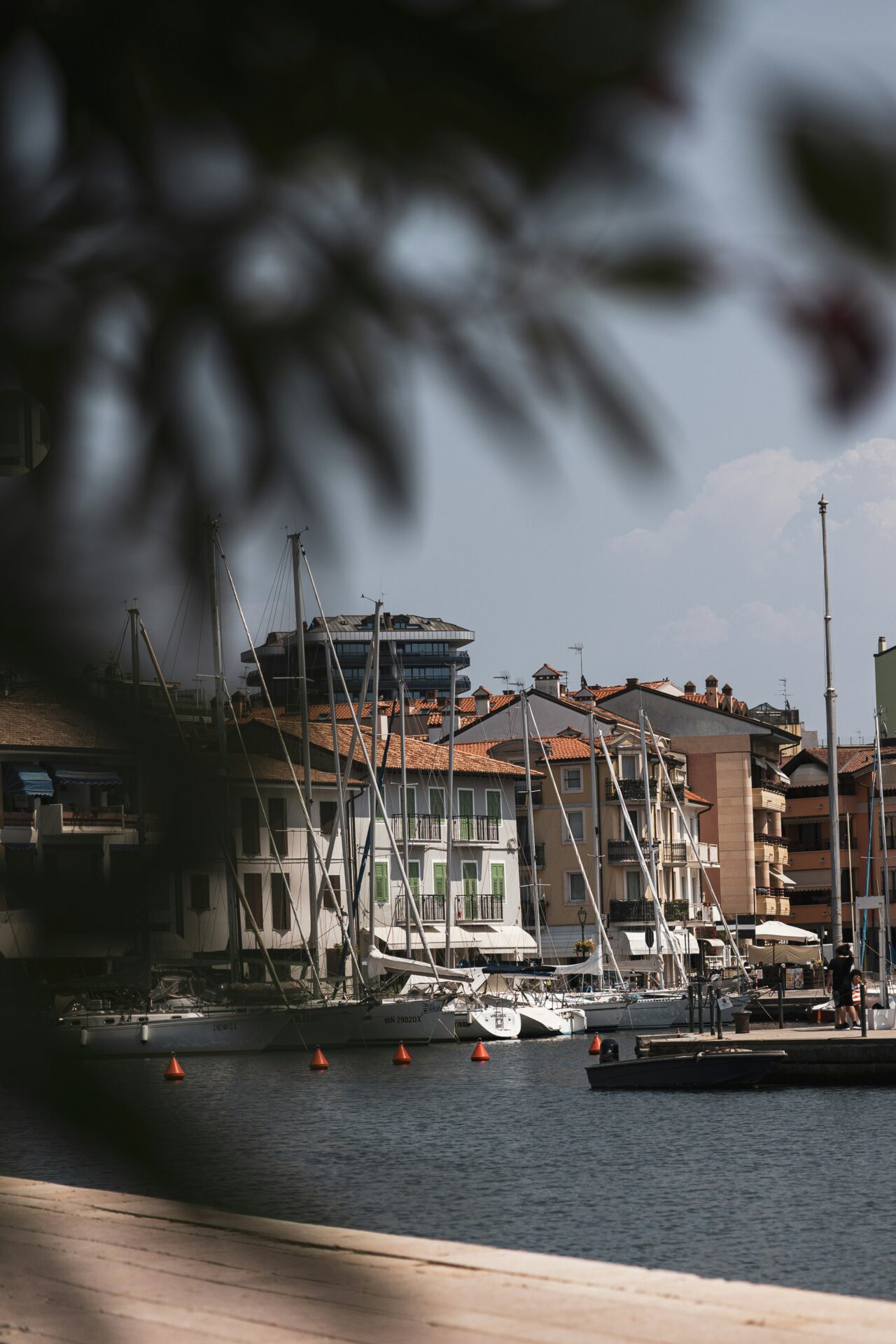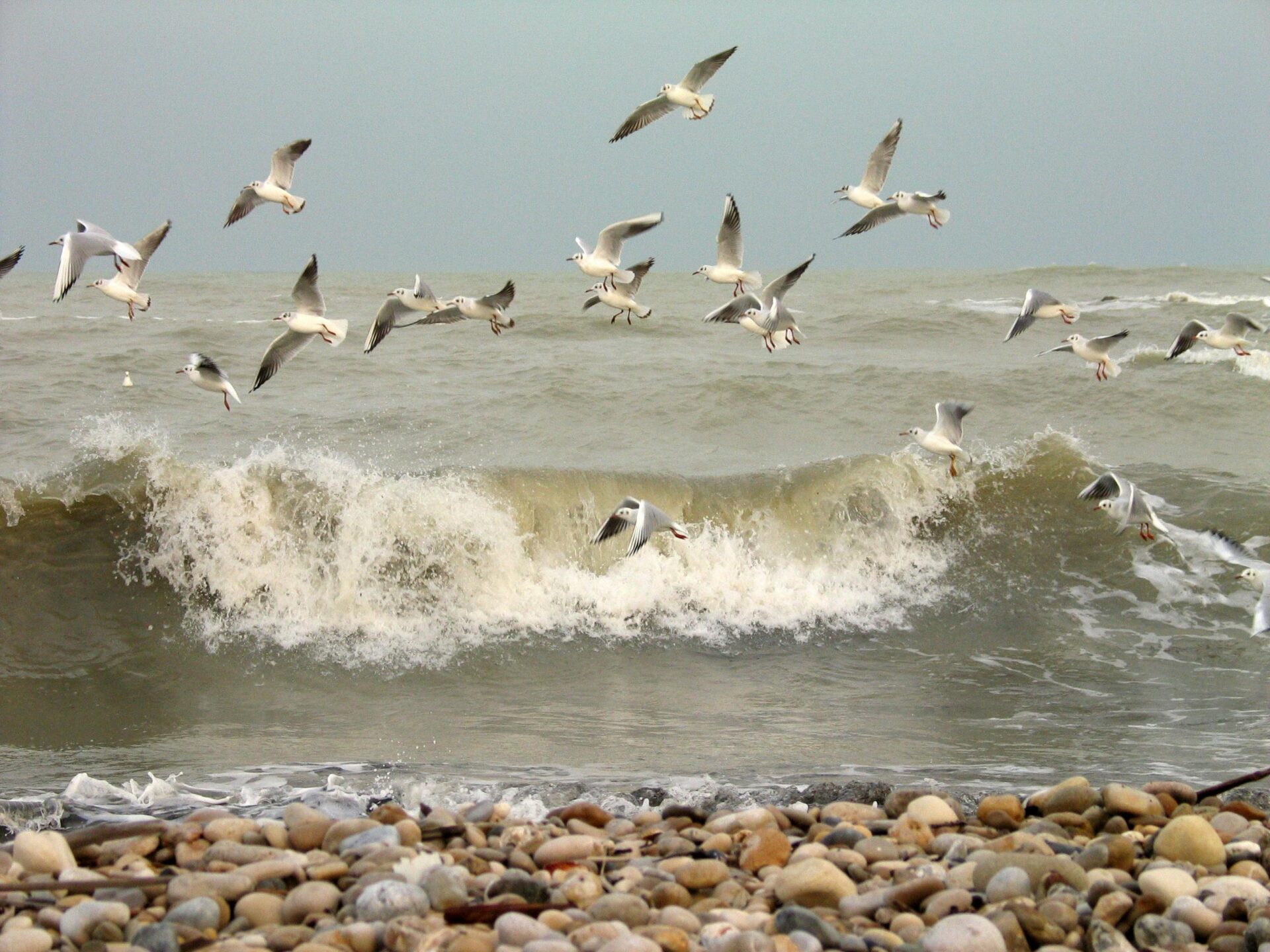Picture yourself gliding across the shimmering waters of Grado Lagoon, the gentle breeze carrying stories from centuries past. I discovered this hidden gem along Italy’s northern coast last summer, where over 100 tiny islands dot the protected waters.
The Grado Lagoon offers one of Italy’s most unique island-hopping experiences. Here, ancient settlements and traditional fishing huts reveal a culture that has thrived in harmony with the sea for generations.
What makes exploring these waters so special is the accessibility. You can easily hire a boat or join a guided tour like Captain Guido’s popular three-hour excursion.
My favorite discovery was Barbana Island with its sanctuary, but each island has its own character. Some islands in the lagoon form part of a natural protected reserve, making this not just a cultural journey but an ecological one too.
The experience changes with the light. Morning mist gives way to bright afternoons when the water turns a mesmerizing turquoise.
I recommend planning at least a half-day for your boat adventure to fully appreciate these ancient settlements. The fishermen’s huts standing on stilts in the water are particularly photogenic, reminding visitors of the lagoon’s long-standing relationship with its inhabitants.
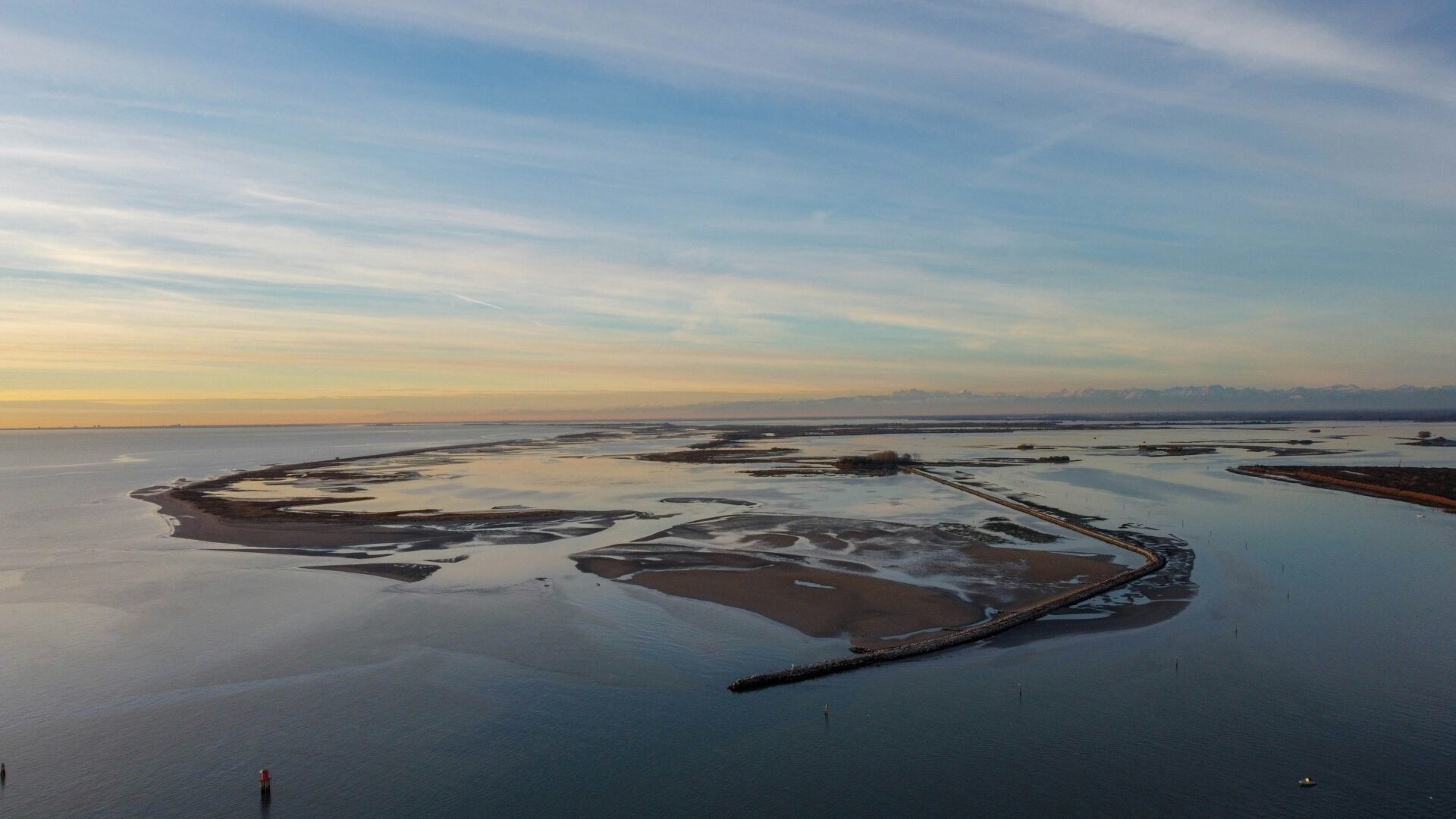
Sailing through History: Grado Lagoon’s Ancient Beginnings
The waters of Grado Lagoon have witnessed centuries of human history, from Roman settlements to religious pilgrimages. The peaceful lagoon we explore today holds stories dating back nearly two millennia.
The Roman City of Aquileia
When I first visited Aquileia, I was stunned by how well-preserved this ancient Roman city remains. Founded in 181 BCE, Aquileia once served as one of the Roman Empire’s largest and wealthiest cities in the Mediterranean. The archaeological site now offers a fascinating glimpse into Roman engineering and daily life.
Walking through the Forum, I could almost hear the echoes of merchants and politicians who once gathered here. The ancient port connected the city to the Adriatic Sea through what is now Grado Lagoon, making it a crucial trading hub.
Don’t miss the incredible mosaic floor in the Basilica. Covering more than 760 square meters, it’s one of the largest and best-preserved ancient Roman mosaics in Western Europe.

UNESCO World Heritage Sites: Reflecting the Past
Aquileia earned its UNESCO World Heritage status in 1998, recognizing its exceptional archaeological area and stunning Byzantine religious structures. The designation protects this remarkable testament to ancient Mediterranean civilization.
The archaeological zone includes:
- The Roman Forum
- The river port
- The Basilica with its magnificent floor mosaics
- Ancient defensive walls
- Roman houses and streets
Visiting by boat adds a special dimension to experiencing these sites. I found that approaching from the water, much as the Romans did, created a deeper connection to the past.
The lagoon itself tells a story of changing landscapes. What was once a thriving maritime network now offers a tranquil setting for exploring these ancient wonders surrounded by natural beauty.

Cultural Delights of Grado and Its Environs
Grado offers a rich tapestry of cultural experiences that blend ancient traditions with modern Italian life. The area’s unique history as a crossroads of civilizations has created a distinctive cultural landscape worth exploring beyond just the lagoon itself.
Old Town Charms: Navigating the Narrow Streets
Walking through Grado’s historic centre feels like stepping back in time. The narrow, winding streets are lined with pastel-colored buildings that create a magical atmosphere, especially during golden hour.
I love getting lost in the maze-like alleys where local shops sell handcrafted souvenirs and Italian specialties. The Campo dei Patriarchi forms the heart of the old town, where you’ll find the stunning Basilica of Santa Eufemia with its remarkable bell tower.
The pedestrian-only zones make exploring on foot a pleasure. During summer evenings, the streets come alive with locals and visitors enjoying the warm Mediterranean air, sitting at outdoor cafés, and listening to occasional street musicians.
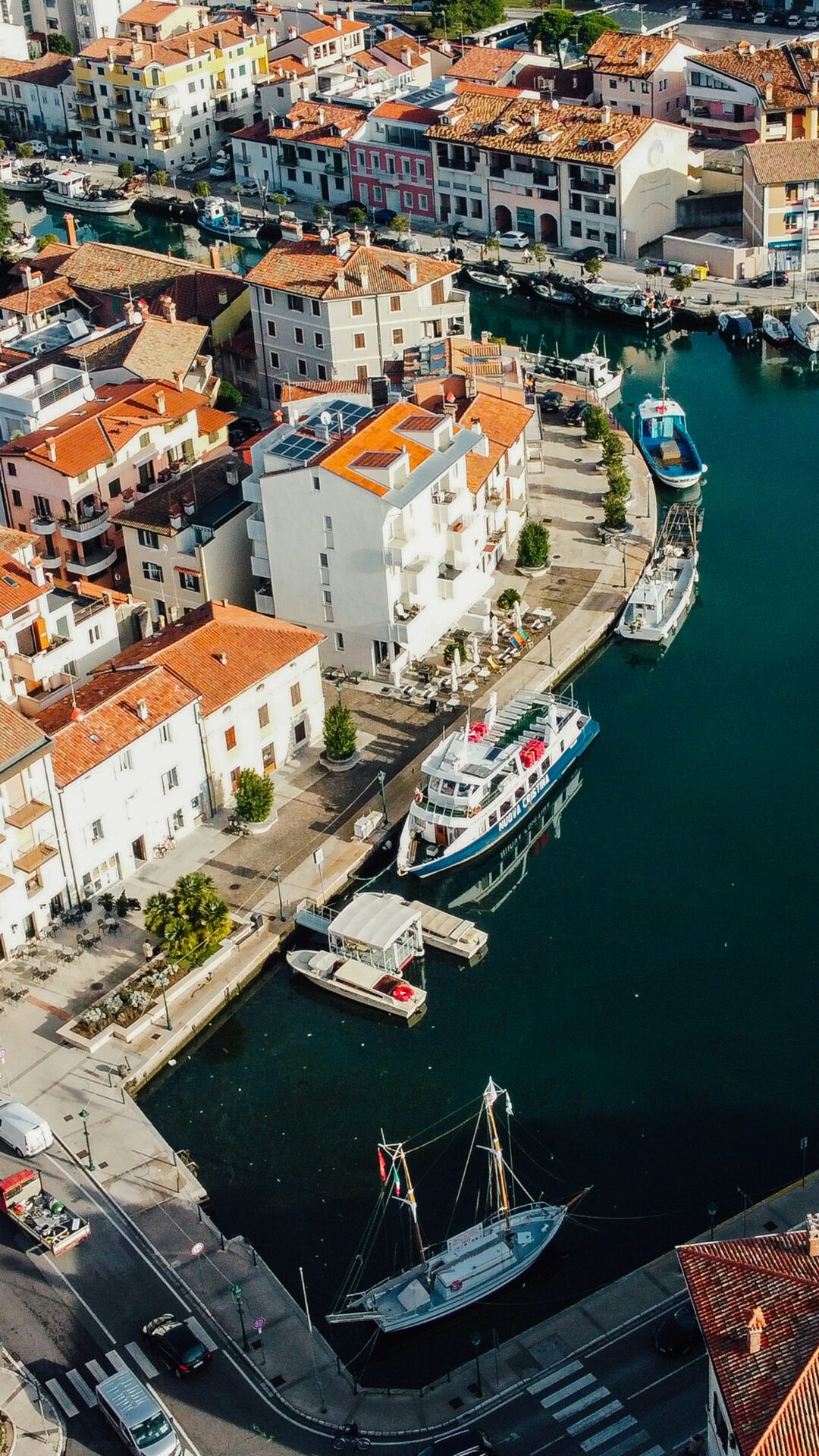
Culinary Explorations: From Seafood to Olive Oil
Grado’s cuisine reflects its unique position between land and sea. Fresh seafood dominates local menus, with dishes like boreto a la graisana (fish stew) and sarde in saor (sweet and sour sardines) being local favorites.
I’ve found the waterfront restaurants offer not just delicious meals but stunning lagoon views. Don’t miss trying the local olive oil, produced from groves that have thrived in this microclimate for centuries.
The wine scene is equally impressive. Friulian whites pair perfectly with seafood dishes, while local reds complement heartier fare. Visit during harvest festivals to experience wine tastings and culinary events that showcase regional specialties.
Many restaurants offer cooking classes where you can learn to prepare traditional dishes using fresh ingredients from local markets.
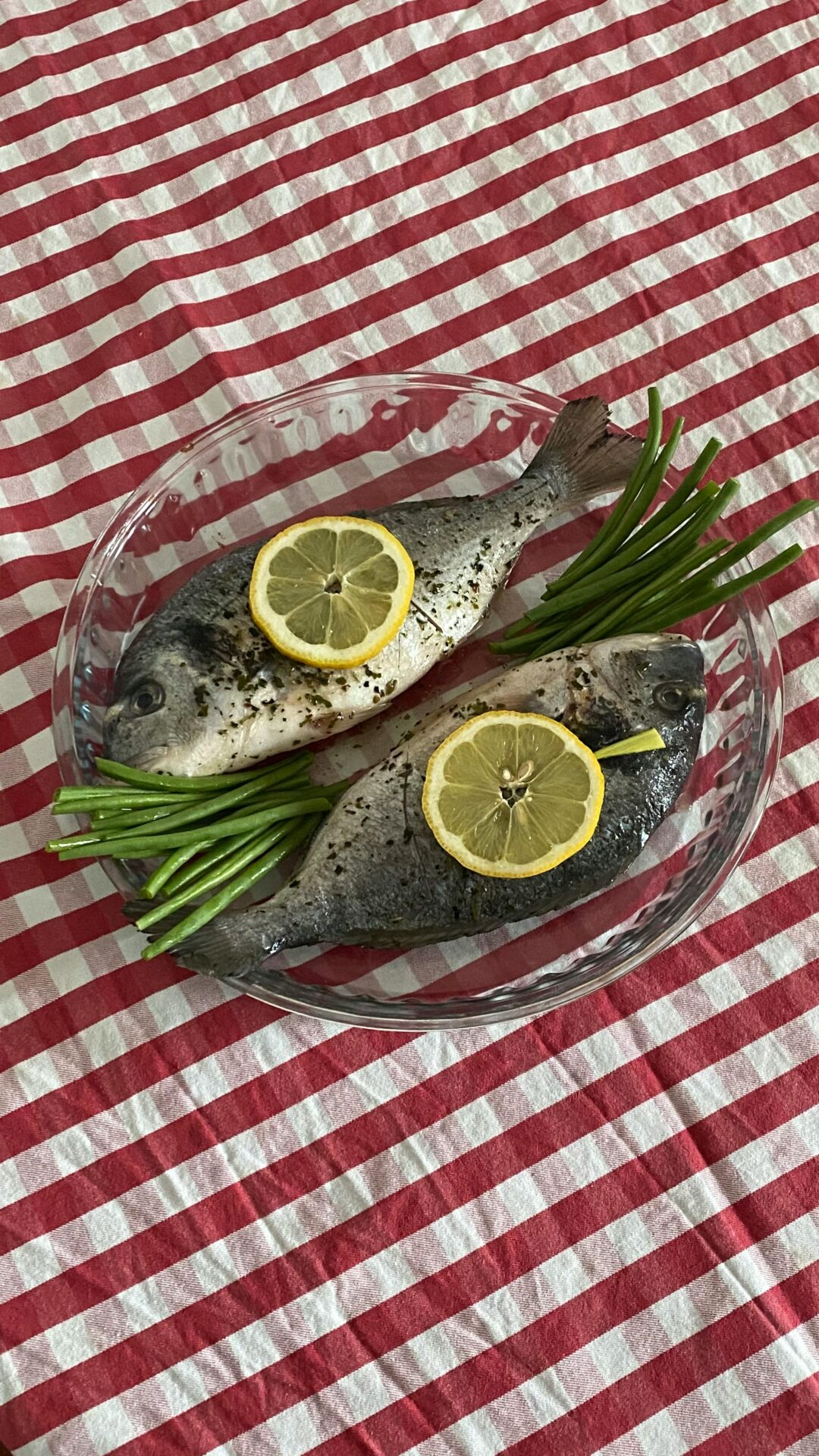
Artistic Impressions: Mosaics and More
Grado and the surrounding region boast an incredible artistic heritage, with Byzantine mosaics being the crowning jewel. The basilicas in Grado contain spectacular examples dating back to the 6th century.
I was amazed by the intricate tilework depicting biblical scenes in vibrant colors that have survived for over a millennium. The attention to detail is breathtaking, with thousands of tiny tesserae forming complex patterns and scenes.
For a deeper dive into mosaic art, nearby Aquileia (a short trip from Grado) houses some of the best-preserved Roman mosaics in Europe. The archaeological museum displays artifacts that tell the story of this once-important Roman port.
Local artisans continue the mosaic tradition today. You can visit workshops where contemporary artists create both traditional and modern designs, sometimes offering hands-on experiences for visitors interested in this ancient art form.

Beachside Leisure and Activities in the Lagoon
The Grado Lagoon offers a perfect blend of relaxation and adventure with its golden sandy beaches and network of shallow waterways perfect for exploration.
The Beauty of Sandy Beaches and Shallow Waters
I was immediately struck by Grado’s impressive 10 kilometers of south-facing beaches when I arrived. The sand is soft and golden, perfect for long walks or simply lounging with a good book. What makes these beaches special is their family-friendly nature – the shallow waters extend quite far from shore, making them incredibly safe for children.
The Habsburg-style bathing establishments add a touch of historical elegance to your beach day. I recommend renting a traditional beach cabin for the full experience. The water temperature is delightfully warm from May through September.
Many locals told me Grado earned its nickname “Sun Island” because it enjoys more sunny days than almost anywhere else in the region. The imperial climate makes it comfortable even during peak summer months.
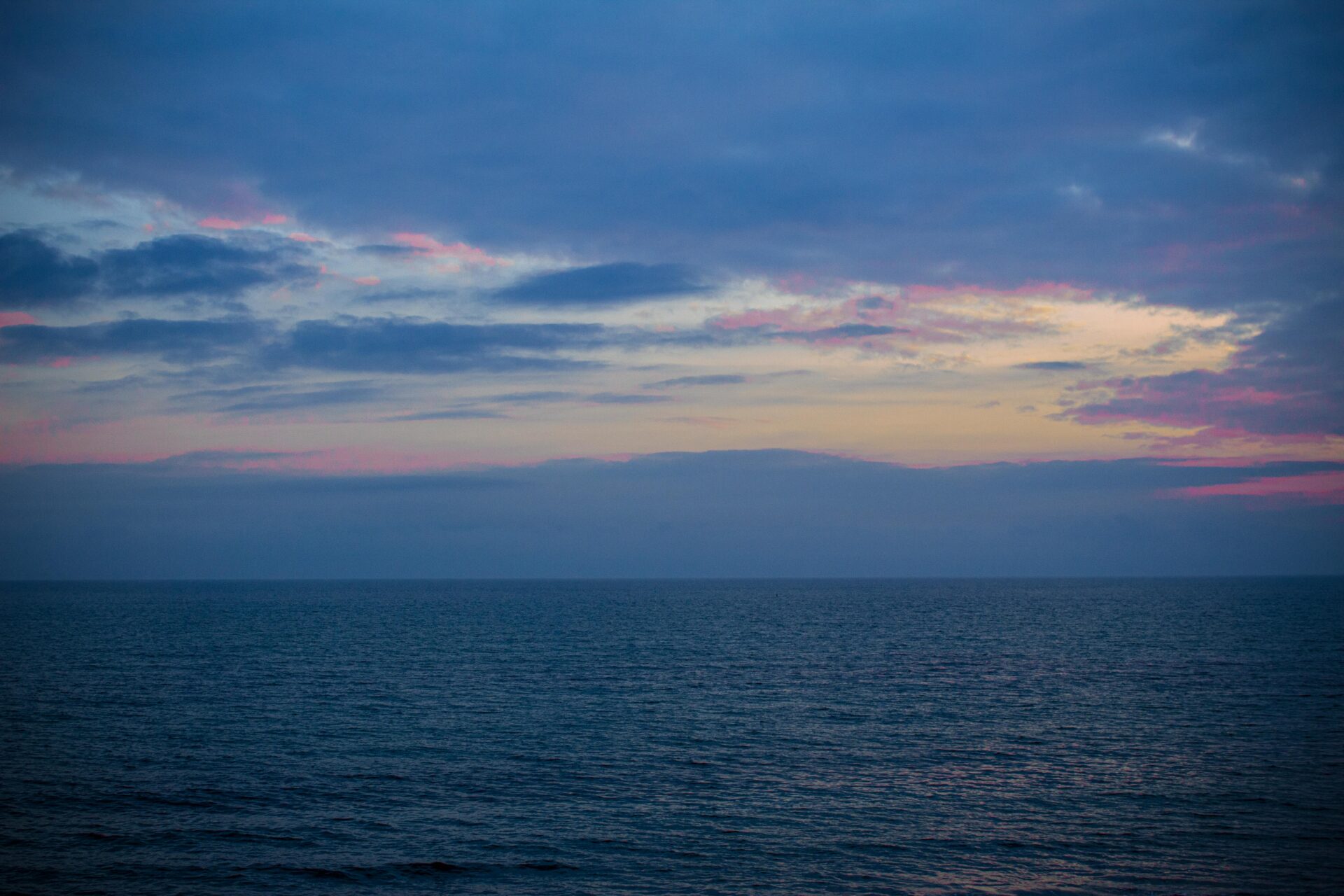
Eco-Friendly Excursions: SUP and Bike Rentals
Exploring the lagoon’s 16,000 hectares is a must, and I found stand-up paddleboarding (SUP) to be the perfect way to do it. Several rental shops along the waterfront offer boards by the hour or day. The calm, shallow waters make it ideal even for beginners like me.
For land exploration, I rented a bike from one of the many rental shops in town. The flat terrain around the lagoon makes for easy cycling, with well-marked paths connecting beaches and viewpoints.
The natural protected reserve section of the lagoon houses incredible biodiversity. During my SUP adventure, I spotted numerous bird species and beautiful native plants that thrive in this unique ecosystem.
Many tour operators offer combined bike-and-boat packages if you want the best of both worlds. I highly recommend this option for seeing traditional fishing huts up close while learning about local conservation efforts.

Day Trips and Excursions from Grado
Grado’s central location makes it perfect for exploring the diverse attractions of Friuli Venezia Giulia. From wine country to historic cities, the region offers day trips that combine culture, nature, and gastronomy.
Venturing to the Vineyards of Gorizia and Collio
Just an hour’s drive from Grado, I discovered the enchanting wine country of Gorizia and Collio. These rolling hills produce some of Italy’s finest white wines, particularly the crisp Friulano and aromatic Ribolla Gialla varieties.
Many wineries offer tours and tastings where you can sample local specialties paired with regional cheeses and prosciutto. I particularly enjoyed visiting small family-run estates where the owners themselves guide you through their vineyards.
The area’s microclimate, influenced by the Julian Alps and Adriatic Sea, creates perfect conditions for winemaking. Don’t miss the chance to drive along the Collio Wine Road, where vineyards cascade down gentle slopes and medieval villages dot the landscape.

Exploring the Northern Adriatic: Trieste to Venetian Islands
Trieste, just 50 minutes from Grado, blends Italian, Austrian, and Slavic influences in its architecture and cuisine. I loved wandering through its grand Habsburg-era squares and sipping coffee in historic cafés like Caffè San Marco.
For a longer day trip, Venice is reachable by train or boat. Instead of the crowded main island, I recommend exploring Murano (famous for glassblowing) or peaceful Burano with its colorful houses.
Boat tours from Grado also visit smaller Venetian lagoon islands. These 3-6 hour excursions typically include swimming stops and lunch at local restaurants specializing in seafood.
Popular boat destinations:
- Barbana Island (religious sanctuary)
- Porto Buso (fishing village)
- Natural reserves in the protected lagoon areas
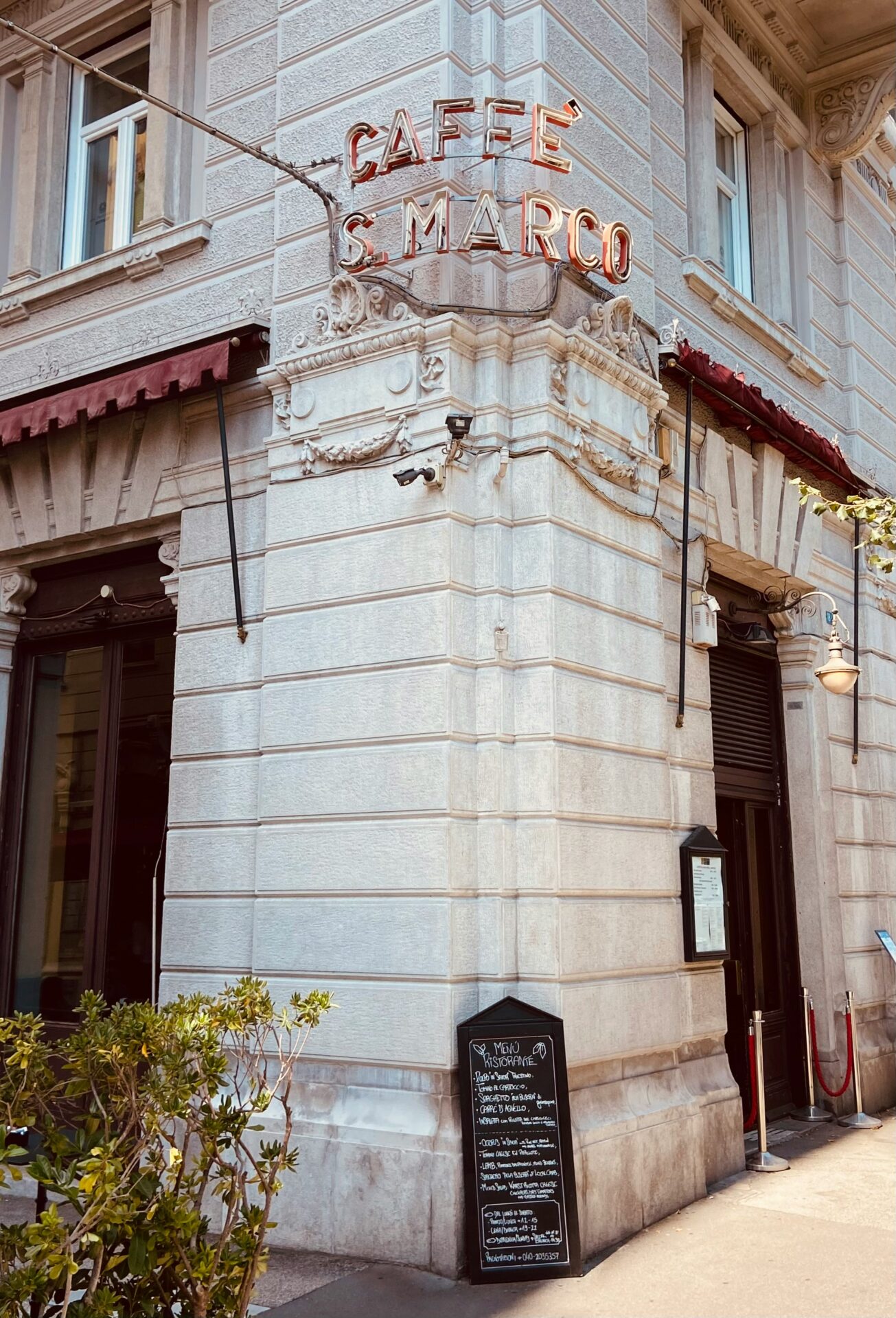
Guided Tours of Friuli Venezia Giulia’s Hidden Gems
The star-shaped Renaissance fortress town of Palmanova impressed me with its perfect geometric layout and massive defensive walls. Guided walking tours explain the innovative military architecture that made it a UNESCO World Heritage site.
I found that local tour operators offer specialized excursions focusing on Roman ruins, World War I sites, and culinary adventures through the region. Many tours include transportation from Grado and English-speaking guides.
For nature lovers, guided hikes in the nearby Carso plateau reveal a landscape of limestone caves and unique flora. Some tours combine outdoor activities with visits to osmizze—traditional farmhouses serving homemade wine and local produce.
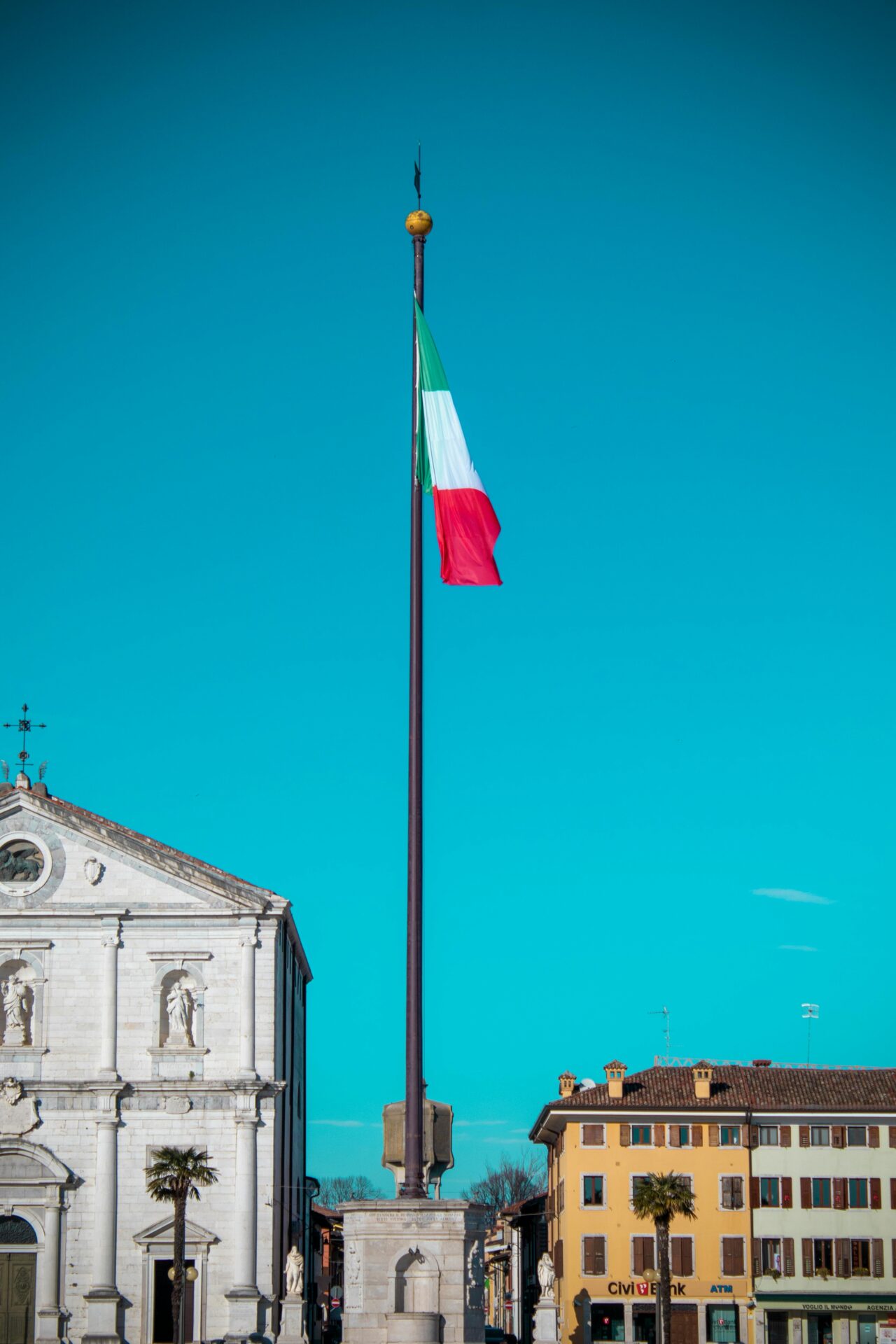
Planning Your Island Hopping Adventure
Planning a boat trip through Grado Lagoon requires some preparation to make the most of your experience. I’ve discovered that timing and logistics can make or break your island hopping adventure in this unique northern Italian treasure.
Best Times to Visit and Seasonal Highlights
The ideal time to explore Grado Lagoon is from late May through September when the Adriatic weather is most cooperative. I found June and early September particularly magical – warm enough for swimming but without the August crowds that flood the Adriatic coast.
Summer brings vibrant festivals to the lagoon islands, especially during July when many local celebrations happen. Wildlife enthusiasts should visit in spring (April-May) when the protected reserve areas showcase flamingos, herons, and other migratory birds.
Winter offers a more solitary experience, but many services are limited. Pack layers regardless of when you visit – the lagoon breeze can be surprisingly cool even in summer months.
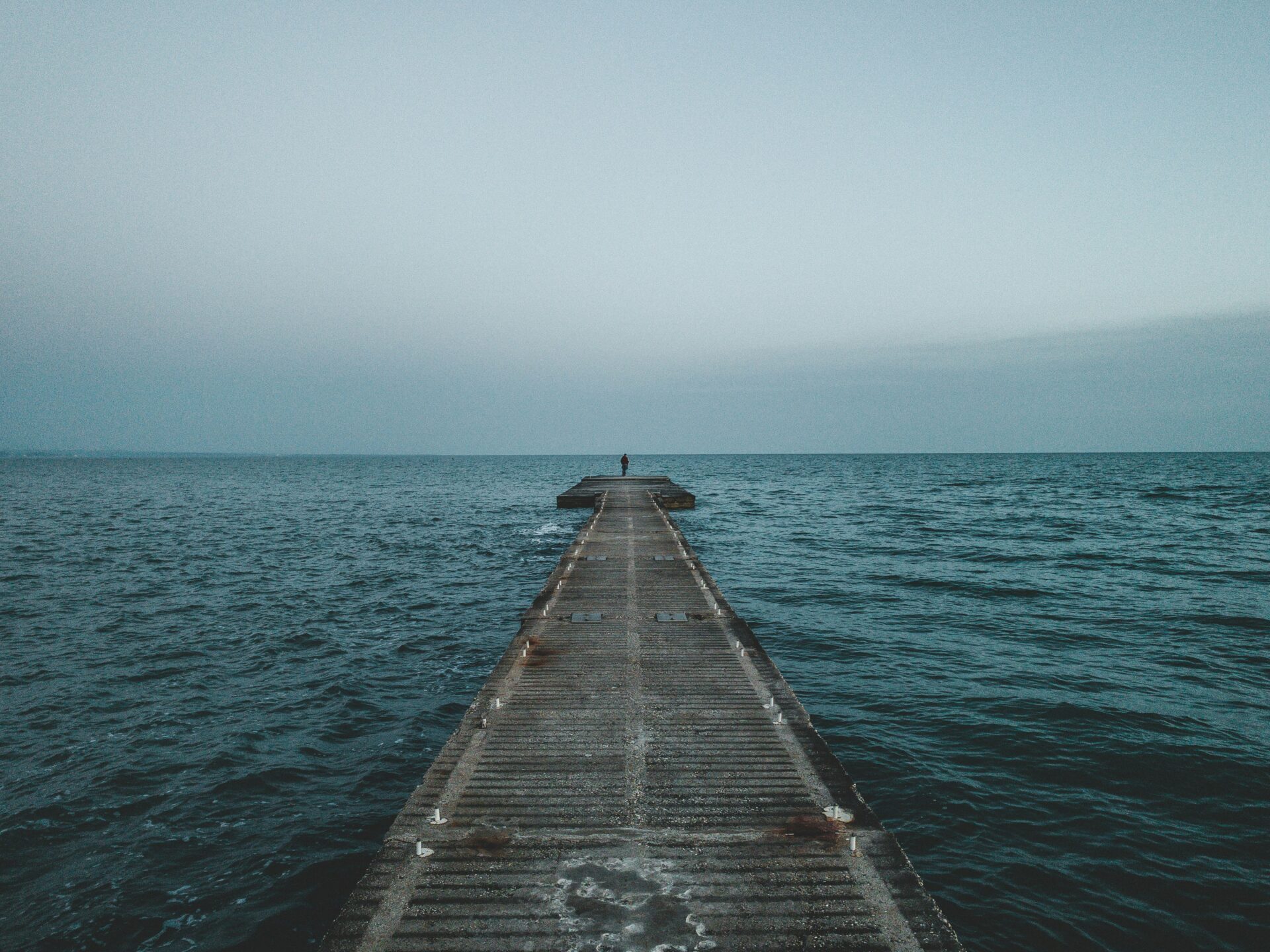
Navigating the Adriatic: Marinas and Boat Rentals
I’ve rented boats from several marinas around the lagoon and found Grado’s main marina offers the most convenient starting point for island exploration. Nearby alternatives include Lignano Sabbiadoro and Marano Lagunare, both providing excellent launch facilities.
Boat rental options include:
- Small motorboats: Perfect for beginners, no license needed
- Sailboats: For experienced sailors
- Guided tours: Ideal for first-timers
Remember the rule of thirds for fuel management: one-third for the outward journey, one-third for return, and one-third as safety reserve. This has saved me from trouble more than once!
Monfalcone’s marina provides another excellent departure point, particularly if you’re planning to venture beyond the lagoon into the wider Adriatic Sea. Many rental companies offer multi-day packages if you want a more immersive experience.
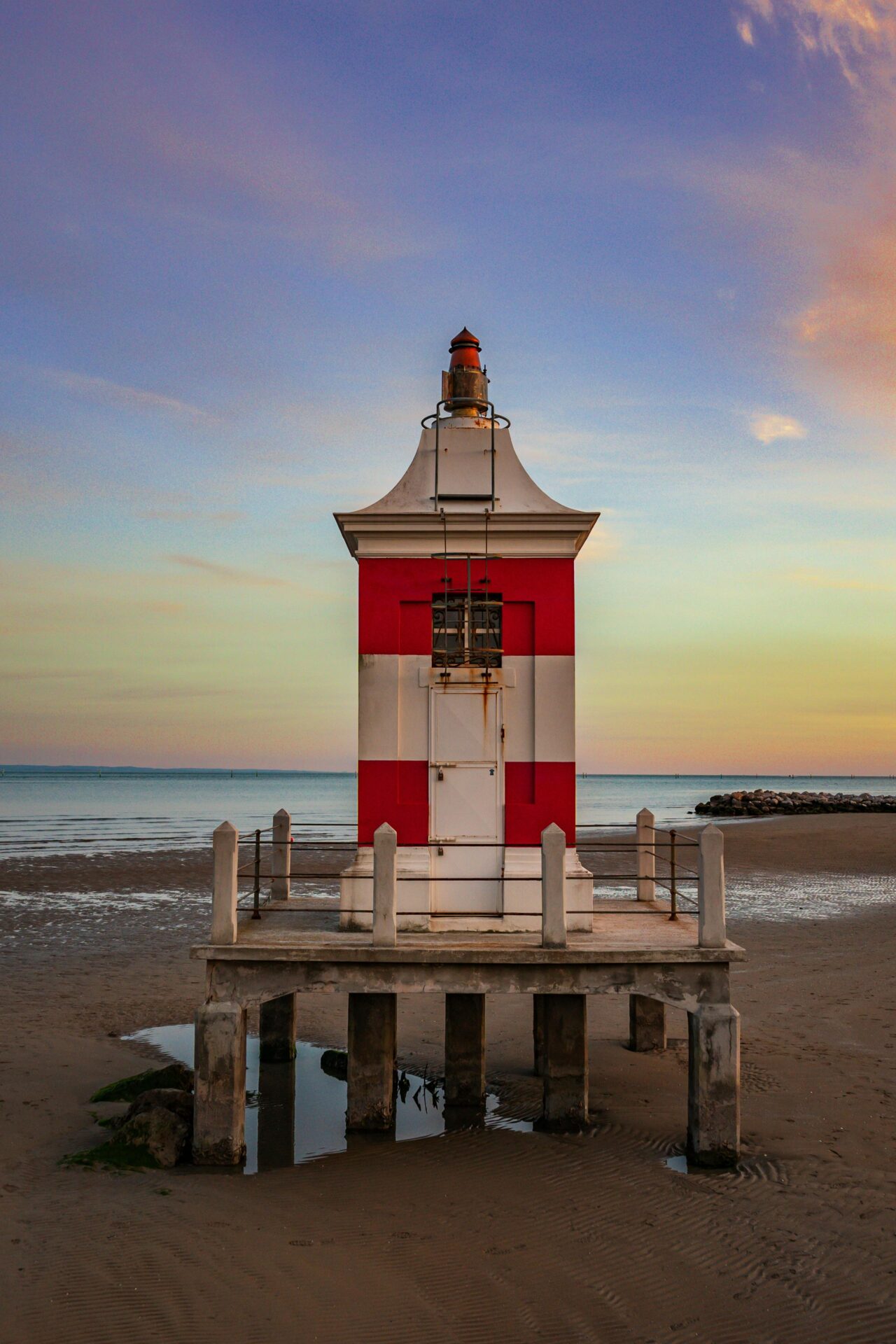
Frequently Asked Questions
The Grado Lagoon area offers rich historical experiences and unique cultural encounters for travelers looking to explore this fascinating region by boat. These islands hold centuries of history waiting to be discovered.
The Island Sanctuary of Barbana is an absolute must-visit. This ancient religious site dates back to the 6th century and features a beautiful church with stunning artwork.
Grado’s Old Town (Centro Storico) contains remarkable Byzantine remnants and early Christian basilicas. I particularly recommend visiting the Basilica of Santa Eufemia with its spectacular mosaics.
The archaeological site on Torcello island showcases Venice’s earliest settlement. The Cathedral of Santa Maria Assunta houses incredible Byzantine mosaics that have survived since the 7th century.
The Grado Tourist Office is your best starting point for organizing boat tours. They can connect you with licensed operators and provide schedules for the regular boats to Barbana Island.
Local fishermen often offer private tours that provide a more authentic experience. These tours give you access to hidden spots and local knowledge that larger companies don’t offer.
The Graisani de Palù Association manages transportation to some of the more remote islands. They specialize in cultural and historical tours focused on the ancient settlements.
Late spring (May-June) offers ideal conditions with pleasant temperatures and fewer tourists. The lagoon waters are calm, and the islands showcase vibrant wildflowers that add to their beauty.
Early fall (September-October) is my personal favorite time. The summer crowds have dispersed, the water remains warm enough for swimming, and the light creates magical conditions for photography.
Avoid August when possible, as this is peak tourist season with higher prices and crowded boats. Winter visits (November-March) are possible but many boat services operate on reduced schedules.
Traditional fishing demonstrations showcase techniques passed down through generations. I once watched local fishermen use traditional nets in the shallow lagoon waters, a method dating back centuries.
Seasonal religious festivals, especially on Barbana Island, offer glimpses into local spiritual traditions. The Forgiveness Pilgrimage in July is particularly moving.
Culinary experiences centered around seafood prepared according to ancient recipes can be found on several islands. The tradition of “boreto a la graisana” (fish stew) dates back to Roman times.
Mota Safon island houses remnants of ancient salt production facilities rarely visited by tourists. The island tells the story of the region’s economic backbone through preserved artifacts.
Porto Buso, while technically a small fishing village, offers an authentic glimpse into lagoon life. The ancient fishing huts (casoni) built using traditional reed techniques remain largely unchanged for centuries.
The bird sanctuary islands in Valle Cavanata nature reserve combine natural beauty with historical significance. These islands once served as military outposts during the Venetian Republic.
The layered history creates a time-travel experience a
s you move between islands. Each island reveals a different chapter in the region’s 2,000-year story.
Archaeological remains provide tangible connections to past civilizations. Seeing the foundations of Roman buildings next to Byzantine churches helps me understand the area’s evolution.
Local guides often share legends and historical anecdotes that bring the ancient stones to life. These stories connect visitors to the generations who navigated these same waters centuries ago.

